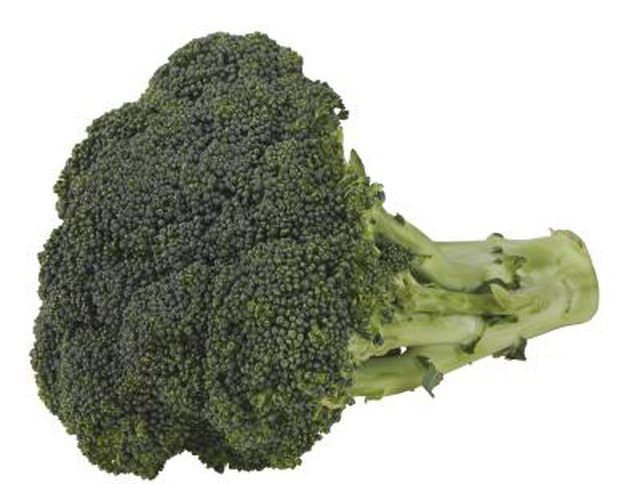Bulbs
Flower Basics
Flower Beds & Specialty Gardens
Flower Garden
Garden Furniture
Garden Gnomes
Garden Seeds
Garden Sheds
Garden Statues
Garden Tools & Supplies
Gardening Basics
Green & Organic
Groundcovers & Vines
Growing Annuals
Growing Basil
Growing Beans
Growing Berries
Growing Blueberries
Growing Cactus
Growing Corn
Growing Cotton
Growing Edibles
Growing Flowers
Growing Garlic
Growing Grapes
Growing Grass
Growing Herbs
Growing Jasmine
Growing Mint
Growing Mushrooms
Orchids
Growing Peanuts
Growing Perennials
Growing Plants
Growing Rosemary
Growing Roses
Growing Strawberries
Growing Sunflowers
Growing Thyme
Growing Tomatoes
Growing Tulips
Growing Vegetables
Herb Basics
Herb Garden
Indoor Growing
Landscaping Basics
Landscaping Patios
Landscaping Plants
Landscaping Shrubs
Landscaping Trees
Landscaping Walks & Pathways
Lawn Basics
Lawn Maintenance
Lawn Mowers
Lawn Ornaments
Lawn Planting
Lawn Tools
Outdoor Growing
Overall Landscape Planning
Pests, Weeds & Problems
Plant Basics
Rock Garden
Rose Garden
Shrubs
Soil
Specialty Gardens
Trees
Vegetable Garden
Yard Maintenance
What Vegetables Have Citric Acid?
What Vegetables Have Citric Acid?. The sour flavor experienced with some foods is due to citric acid. It can be found in many fruits and vegetables, especially citrus fruits such as lemons and oranges.

The sour flavor experienced with some foods is due to citric acid. It can be found in many fruits and vegetables, especially citrus fruits such as lemons and oranges.
Definition
Citric acid is an organic, crystalline acid that exists in a variety of fruits and vegetables. It is colorless and is derived by fermentation of carbohydrates.
Vegetables
Citric acid can be found in beans, broccoli, carrots, potatoes, rhubarb and tomatoes. The acidity in foods can be measured in "pH" levels. The lower the pH level, the more acid is in the food. Tomatoes are high in citric acid and measure between 4.30 and 4.90 in pH level. Broccoli measures between 6.30 and 6.52 in pH level.
Preservatives
Food manufacturers add citric acid to jams, canned fruits and vegetables. Citric acid is also added to soft drinks for the sour taste.
Natural Cleansers
Many environmentally friendly products use citric acid as their cleaning agent. Citric acid can also be used for odor control.
Absorption
A person usually consumes about 500 mg citric acid per day. This is about the same as 2 ounces of orange juice. Citric acid is absorbed through the digestive tract and eliminated by the kidneys.